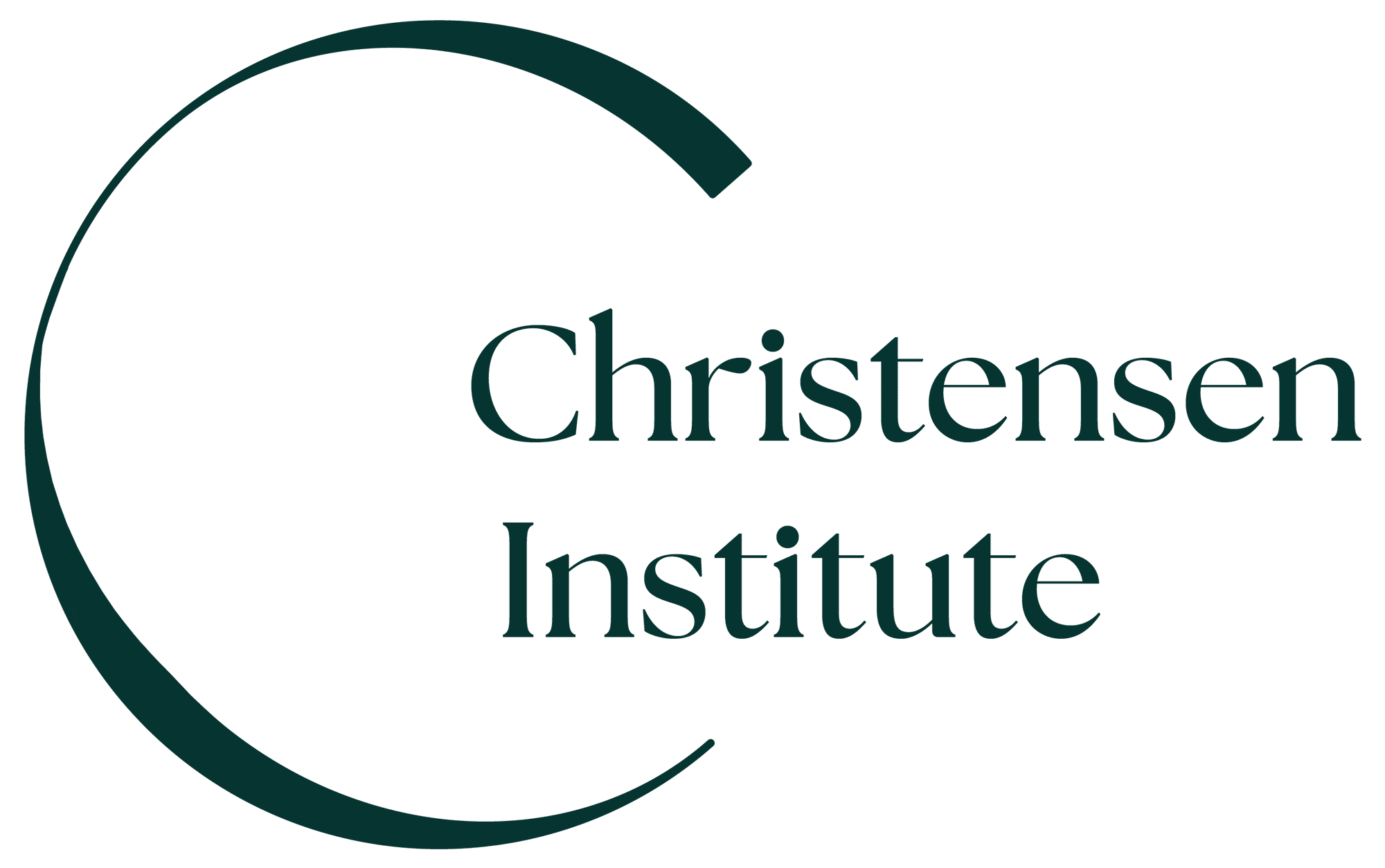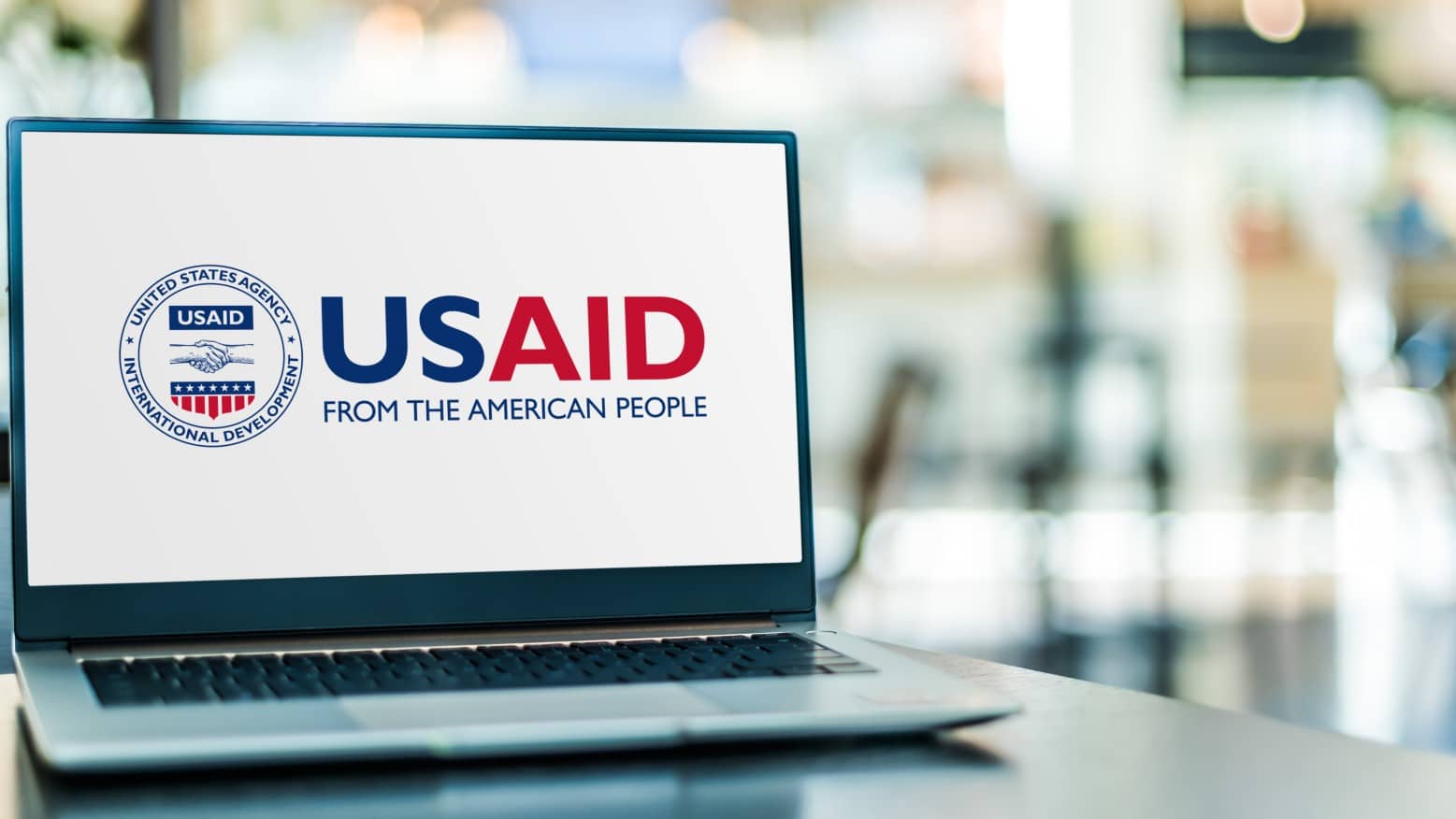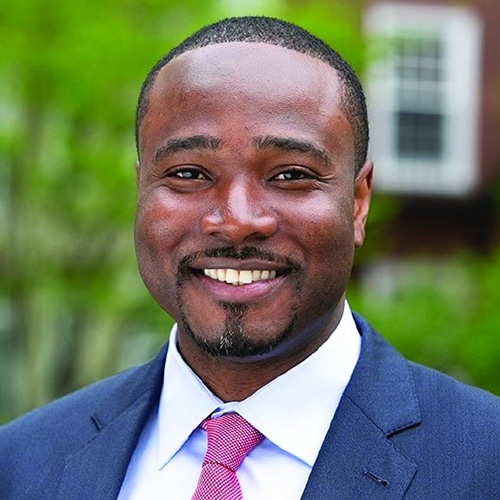Since taking office on January 20, 2025, President Trump has issued executive orders withdrawing the U.S. from the World Health Organization, pausing all new U.S. global development assistance for 90 days, and exiting the Paris climate agreement. These orders have sent shockwaves through the development community, with a former senior USAID official warning that they have “effectively halted almost all foreign assistance” and thrown USAID into disarray.
The ramifications of these executive orders will be felt far and wide. USAID employees working in the United States and abroad will feel the impact, and so will American global development organizations. Many have already been furloughed. Most importantly, local partner organizations and beneficiaries in poorer countries where USAID funds life-saving programs will be impacted severely. Part of the executive order pausing aid reads: “For existing foreign assistance awards, contracting officers and grant officers shall immediately issue stop-work orders, consistent with the terms of the relevant award, until such time as the Secretary shall determine, following a review.” It’s not hard to imagine what a decision like this would have on an existing program providing life-saving medicines to a community or much needed education to little children.
While these orders are disruptive, they expose a deeper, long-standing issue: the fragility of a global development model overly reliant on foreign aid. Instead of focusing solely on reversing these cuts, we should seize this moment to rethink how global development is structured—and move toward more sustainable market-creating solutions.
This moment is important because global development spending has been dying by a thousand cuts, in contrast to the big slash the President’s Executive Orders have caused. Over the past decade, global development spending has taken a turn for the worse–or lower. As a result, and as this Economist article points out, “the world’s poorest countries have experienced a brutal decade” as “development has ground to a halt.” The article illustrates how, although “global aid flows on paper increased by 2% [in 2023], 18% of total bilateral aid was spent by rich countries caring for refugees on their own soil–a loophole that few countries took advantage of until 2014.” Most of the world’s poorest countries attracted just 17% of bilateral aid, down from 40% a decade ago.” A research briefing from the U.K. Parliament notes, “almost all countries had large reductions in aid from 2019 to 2023.” European countries have also cut their foreign aid programs, as this Global Citizen article shows.
How should global development champions and leaders in poor countries rethink this new era in global development? I have written incessantly about this topic since I began my work at the Clayton Christensen Institute for Disruptive Innovation. Here’s one piece. A core idea is for global development actors to focus more on creating prosperity by investing in market-creating innovations rather than directing their efforts on poverty alleviation programs.
For example, by supporting market-creating innovators such as mPharma–an organization investing to make healthcare more affordable and accessible for many Africans earning less than $300 a month–fosters both sustainability and prosperity.
Unfortunately, much of today’s foreign aid establishment doesn’t promote sustainable economic development. Instead, it supports unsustainable economic dependency where critical services in poor countries are provided by foreign aid dollars from wealthy countries. A paradigm shift is necessary if poor countries are going to make progress on development.
This is the core message in our book, The Prosperity Paradox: How Innovation Can Lift Nations Out of Poverty. By investing in market-creating innovations which transform complicated and expensive products into simple and affordable ones, thereby making them accessible to the vast majority of people who previously couldn’t afford them, organizations not only build wealth, but also create jobs, generate taxes, and inadvertently participate in nation building. This is what drives sustainable economic development.
When a new market is created for millions of people who historically didn’t have access, not only does the market provide dignity to millions, but it also shifts the balance of power from donors or initial funders to customers. Since the market depends on customers paying to receive value for a product or service, they are the ones who can shut off the “funding valve” once the company stops providing value. This transition is necessary for sustainable economic development to happen.
As I reflect on the executive orders and the millions of lives that will be affected by them, I can only hope this serves as a wakeup call for leaders in low- and middle-income countries and those who work in foreign aid. No system is sustainable when it depends on the decision of one person. The time for market-driven development is now. The future of global progress depends not on aid dollars, but on empowering innovators to create markets that drive prosperity from within.
The team at Unlock Aid, an aid advocacy group working to transform how U.S. foreign aid is spent and where I serve as an advisor, has posted a plan of how to capitalize on this moment.



